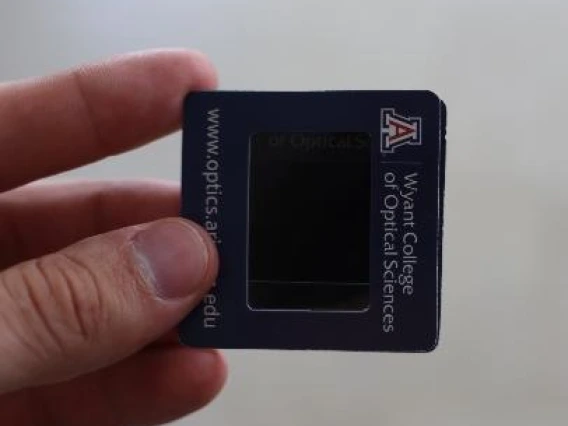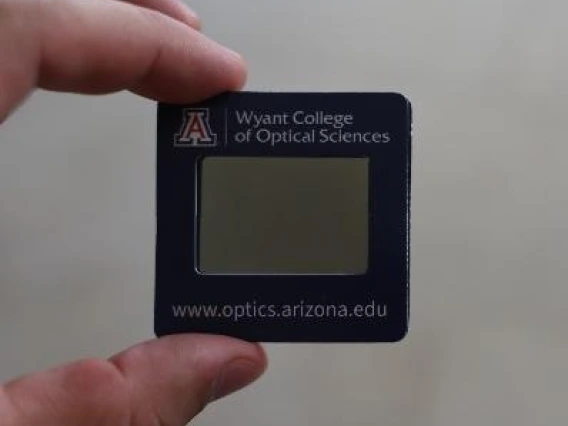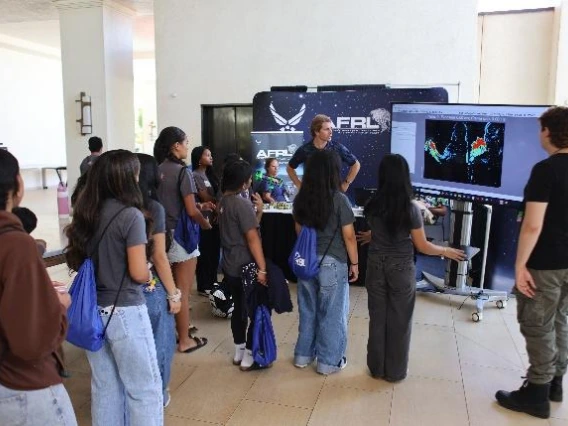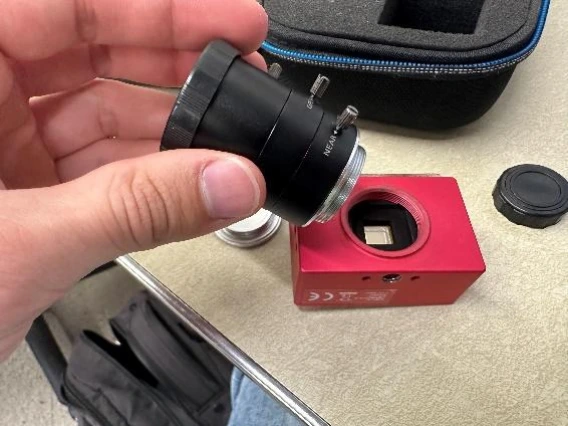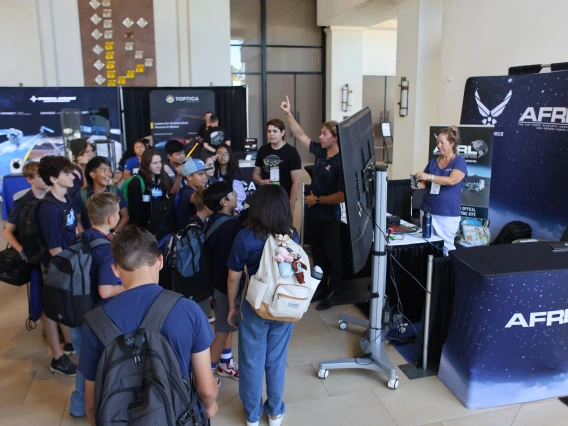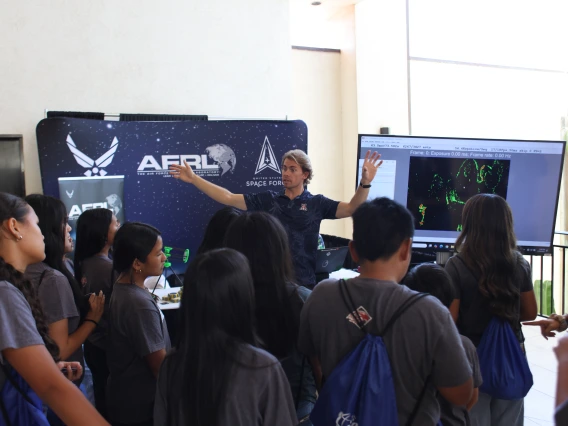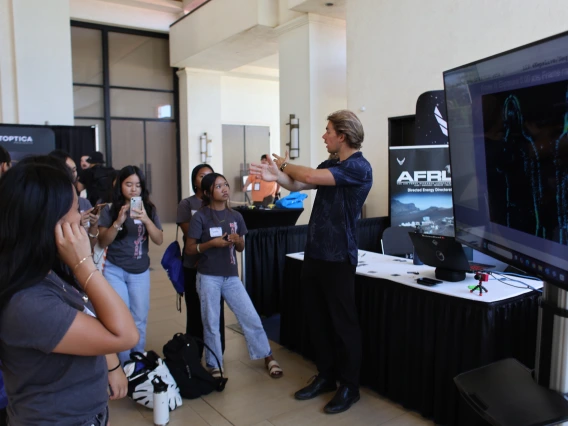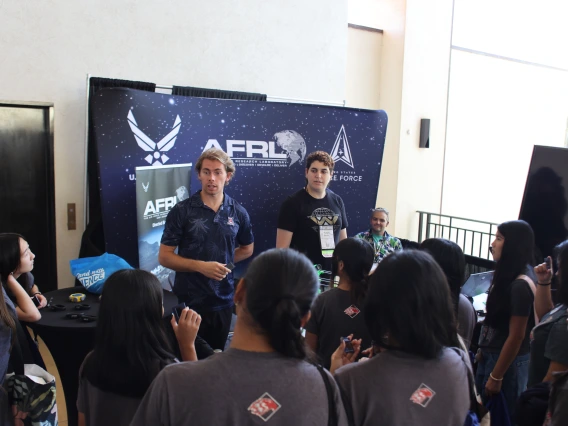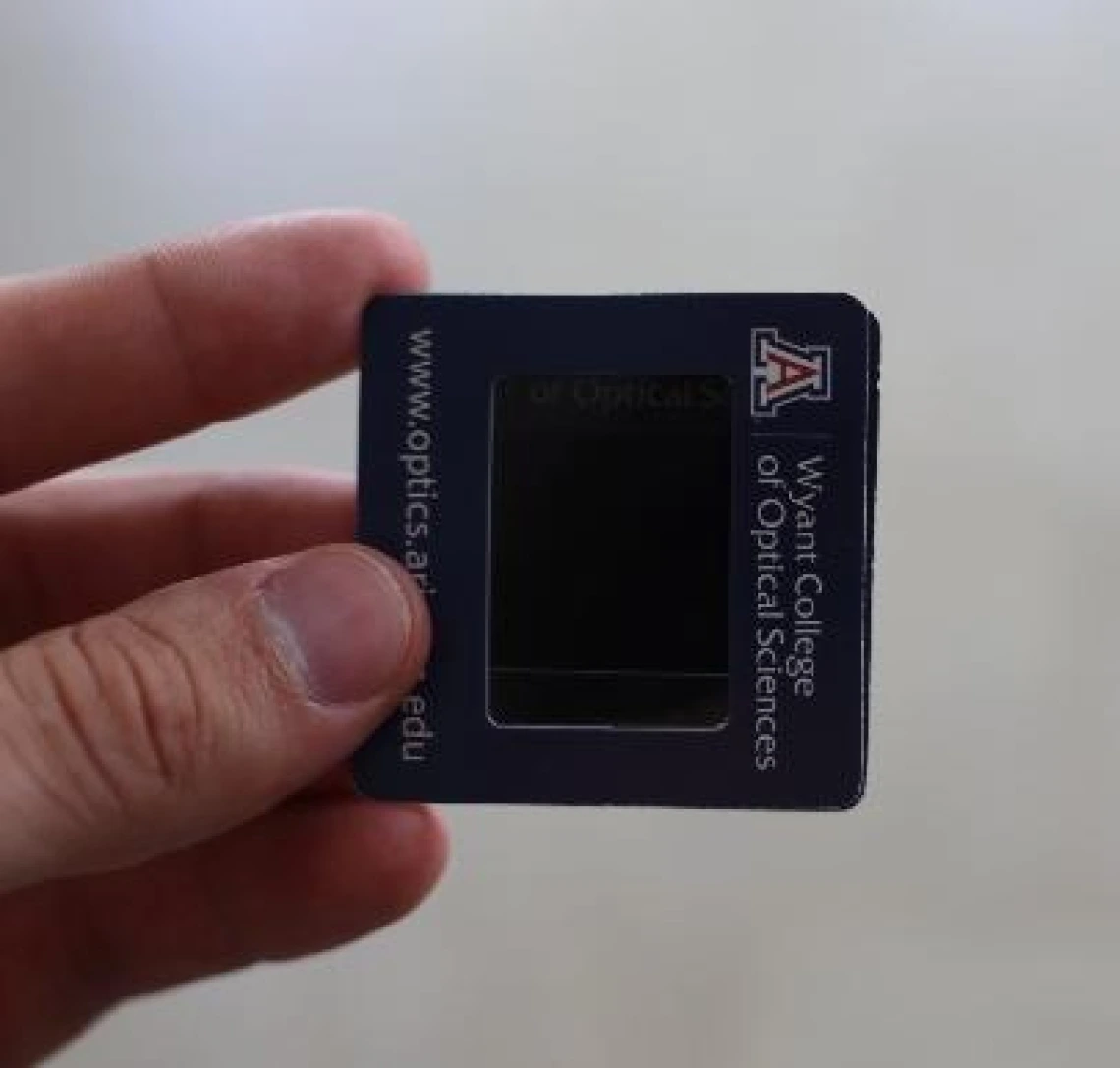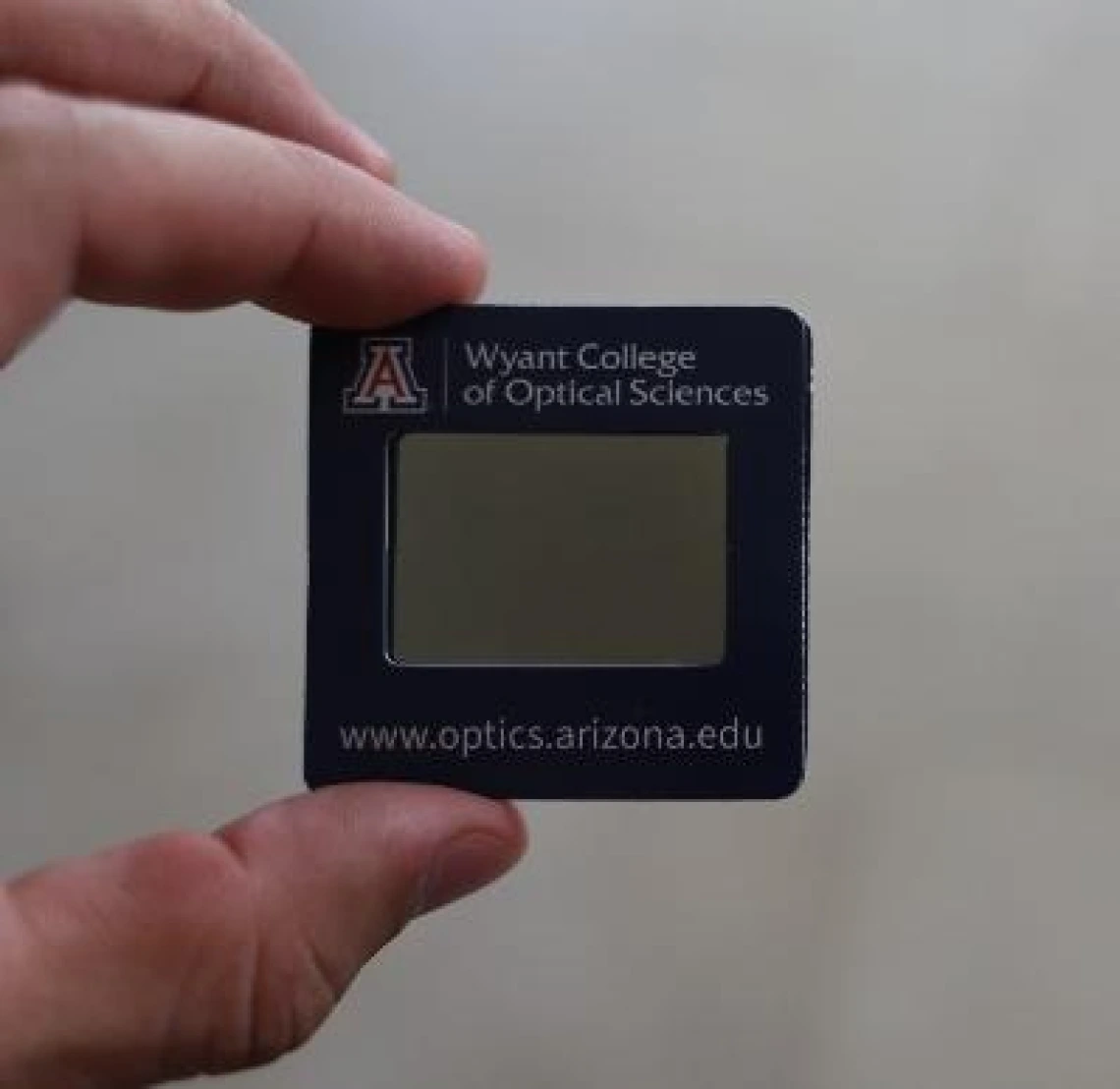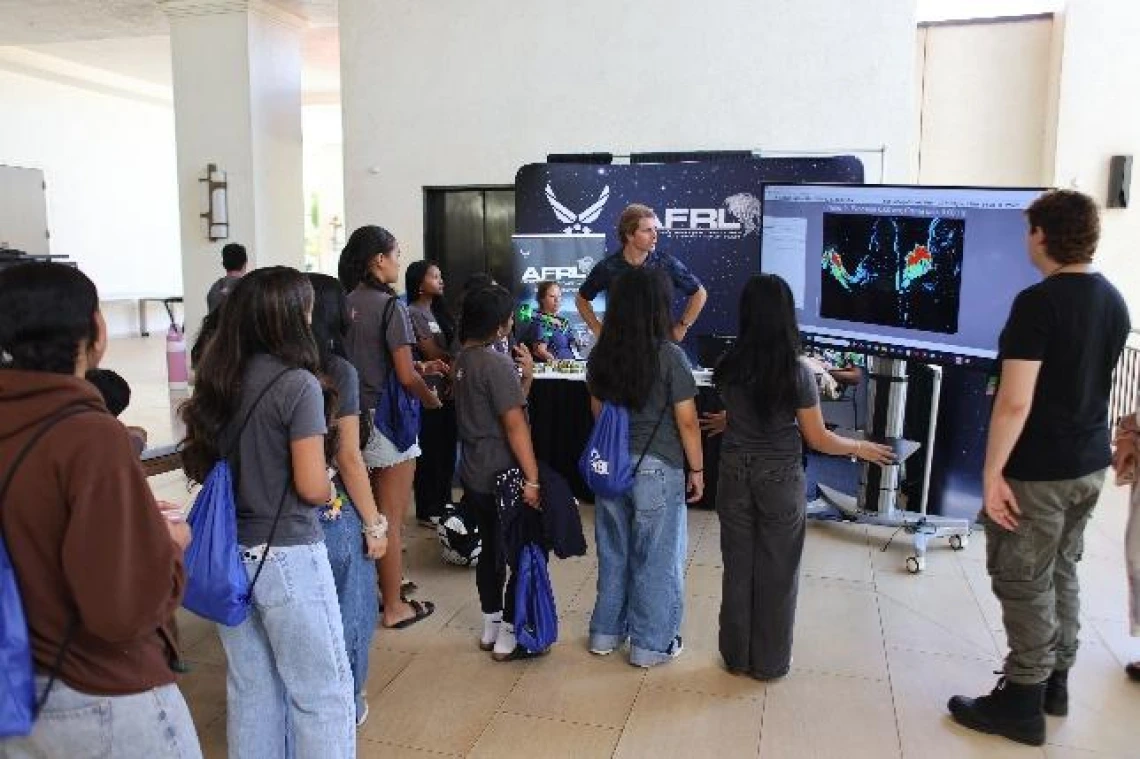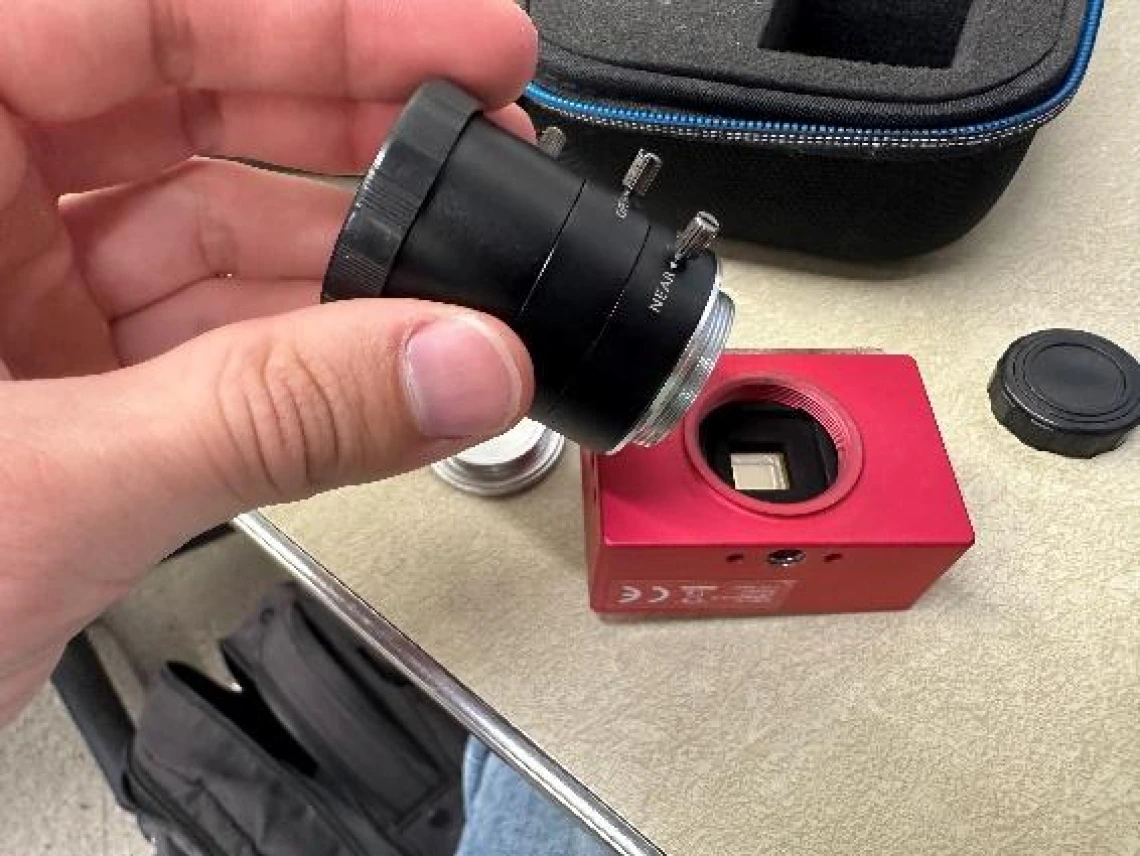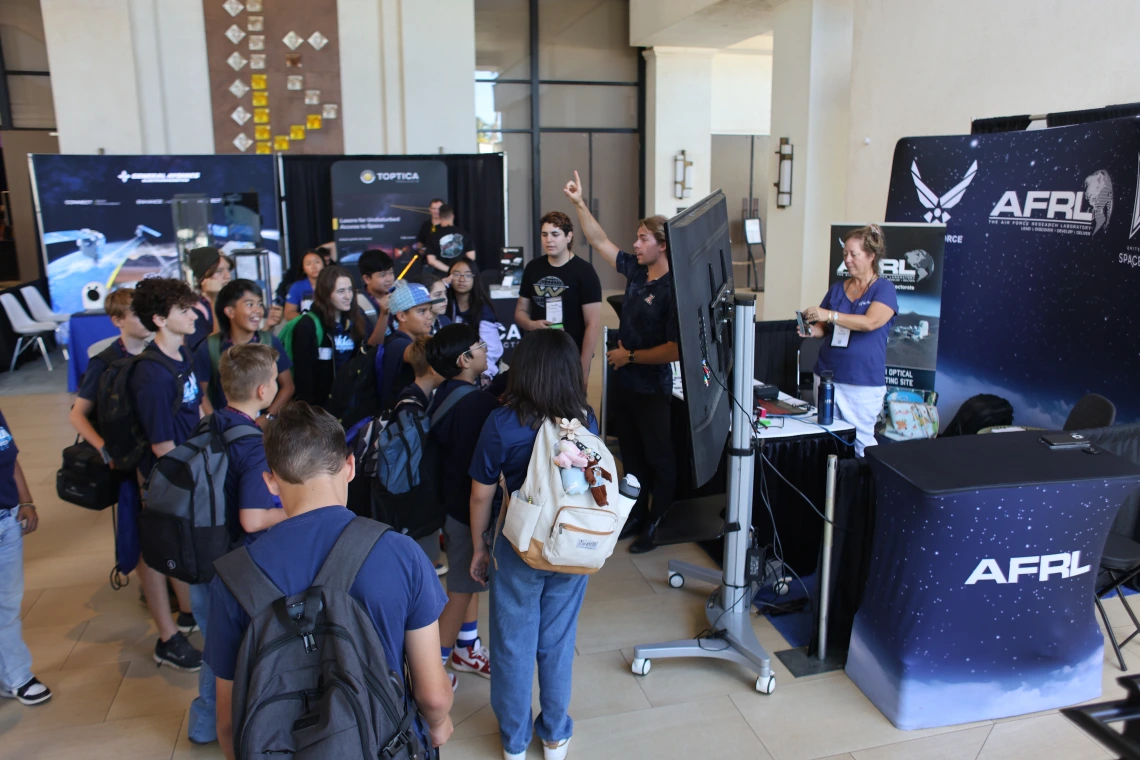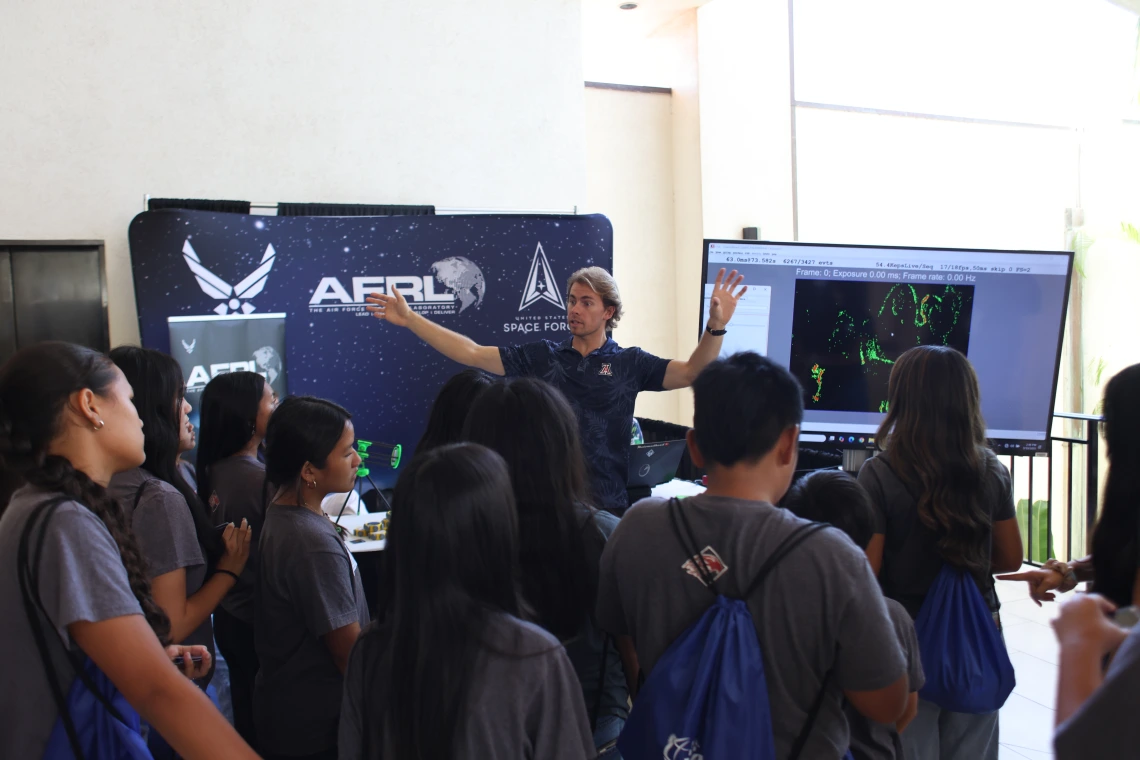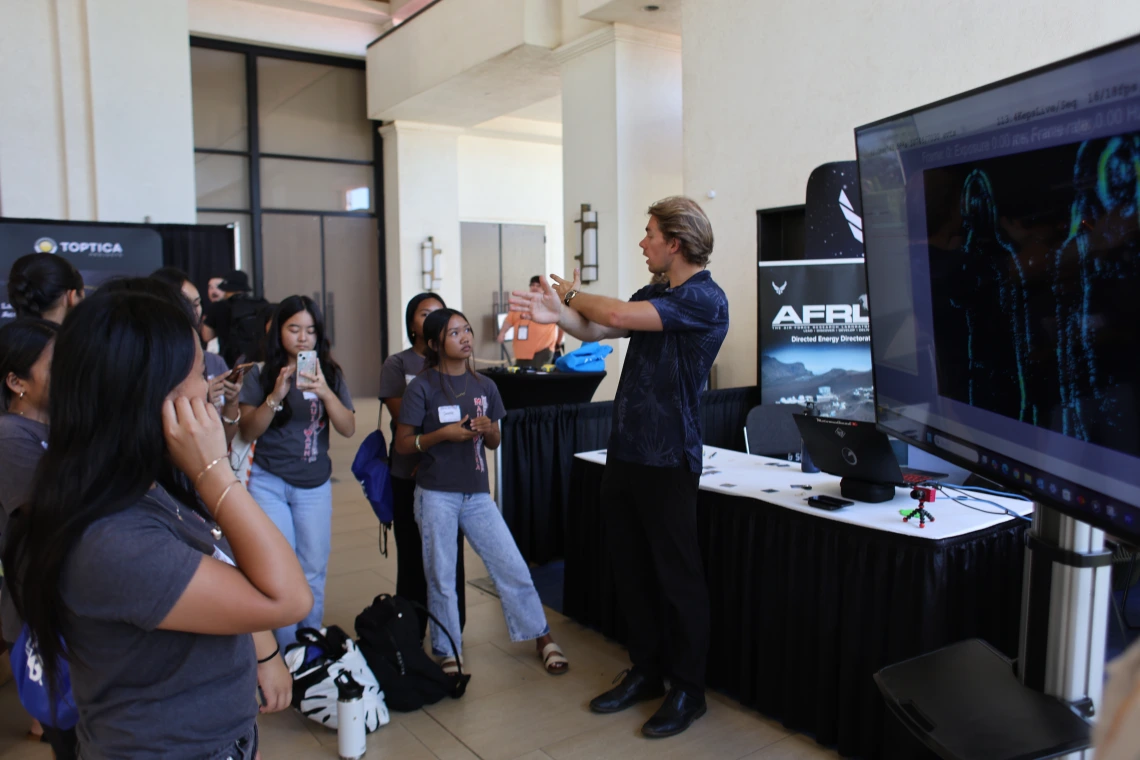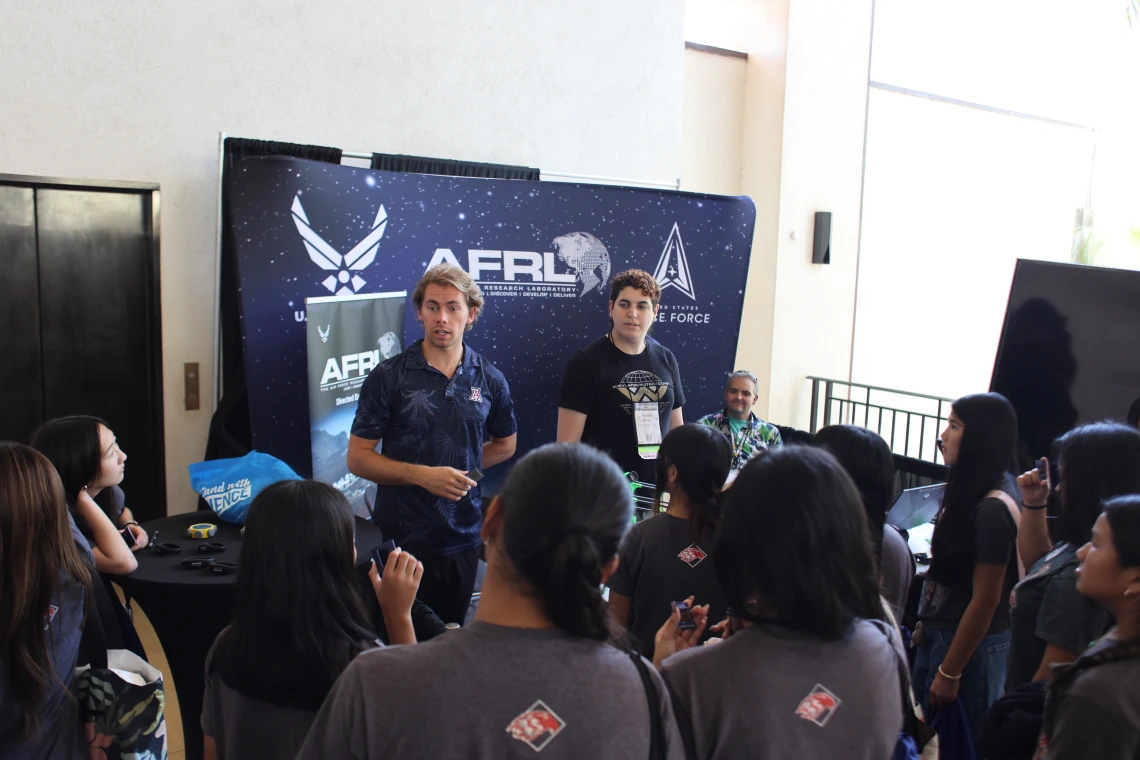Optics Outreach in Maui at AMOS Space Day
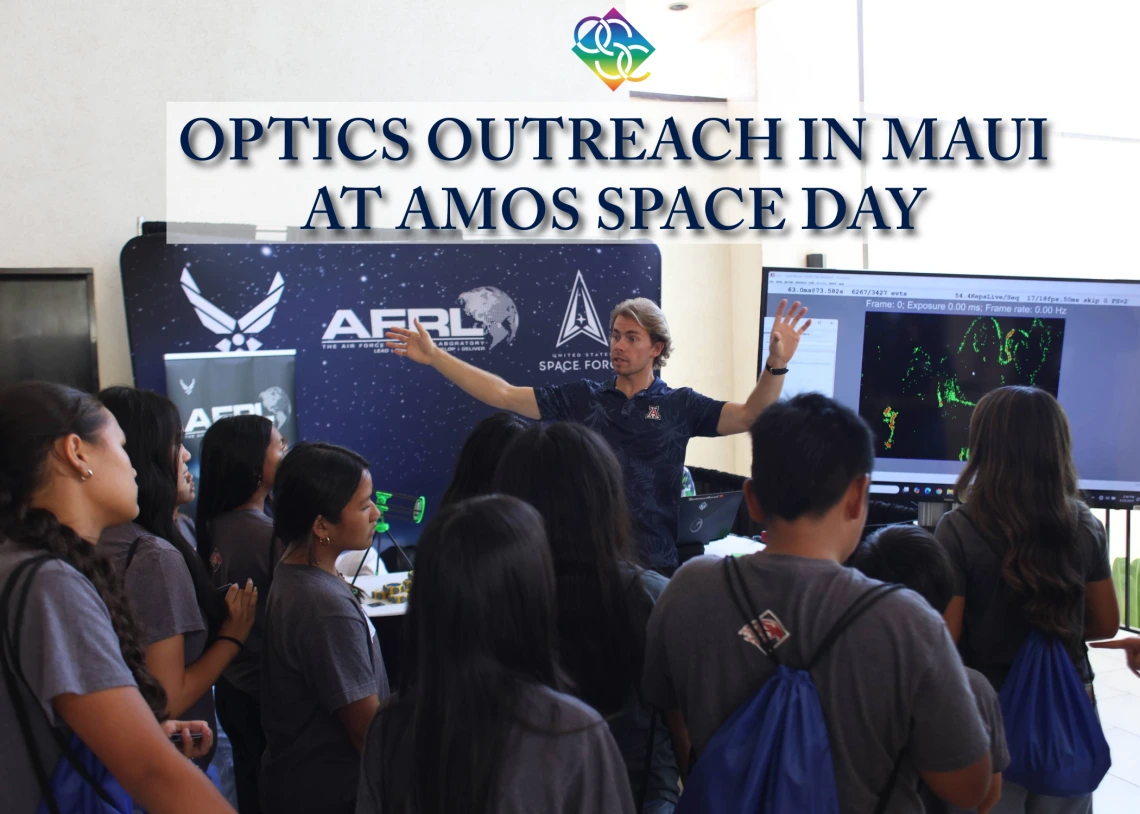
Logan Pawlowski, a PhD student at the Wyant College of Optical Sciences, recently led an outreach event during AMOS Space Day in Maui. With support from the college and the Optics Ambassadors program, Logan brought interactive demonstrations to middle and high school students across the island, including Maui High and Lahaina High. His goal was to show local youth that careers in optics and technology are not only possible, they’re within reach.
In communities where cultural expectations and economic realities often steer students toward family-run businesses in tourism, retail, or food service, Logan’s outreach offered a new perspective. “Even if just one student is truly impacted by my stories and these interactive experiences, then it's all worth it,” he shared.
The outreach featured three hands-on demonstrations designed to spark curiosity and deepen understanding:
1. Large Aperture Telescope Architecture
Using a small telescope model, Logan explained how large telescopes collect and manipulate light. Students learned about the role of the primary mirror in gathering light, the secondary mirror in folding it, and the exit pupil where instruments are inserted to conduct advanced scientific research. This demo helped students visualize how light travels through complex optical systems.
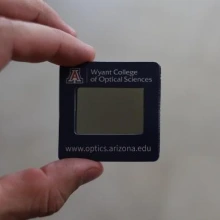
2. Polarization
Each student received a branded polarization film card from the college, an outreach tool that doubled as a keepsake. Logan guided students through experiments that revealed how light intensity changes with rotation angle. They tested sunglasses to determine if they were polarized and discovered that TVs are strictly polarized by rotating the cards until the screen disappeared. These observations were tied to the physics of light: two perpendicular oscillatory waves, and how polarizers, essentially tiny gratings, can cancel one wave depending on orientation. When two polarizers are perpendicular, both waves are blocked, demonstrating the principle of light polarization in a tangible way.
3. Neuromorphic (Event-Based) Vision
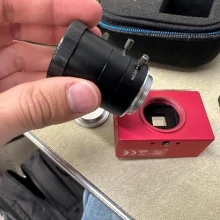
This cutting-edge demo introduced students to how human vision works, detecting changes in brightness rather than images. Logan used an event-based sensor that mimics this process, where each pixel independently responds to local brightness changes. Students stood still to “disappear” from the sensor’s view, then moved to generate colorful pixel outlines that revealed where brightness shifted. This real-time visualization helped students grasp how neuromorphic sensors synthesize images from millions of events per second.
Logan’s outreach was more than a science lesson, it was a moment of connection. By sharing his journey and making complex concepts accessible, he helped students see themselves in STEM fields. And yes, seeing our college’s name on polarizer cards in homes across Hawai‘i? That’s pretty cool.

